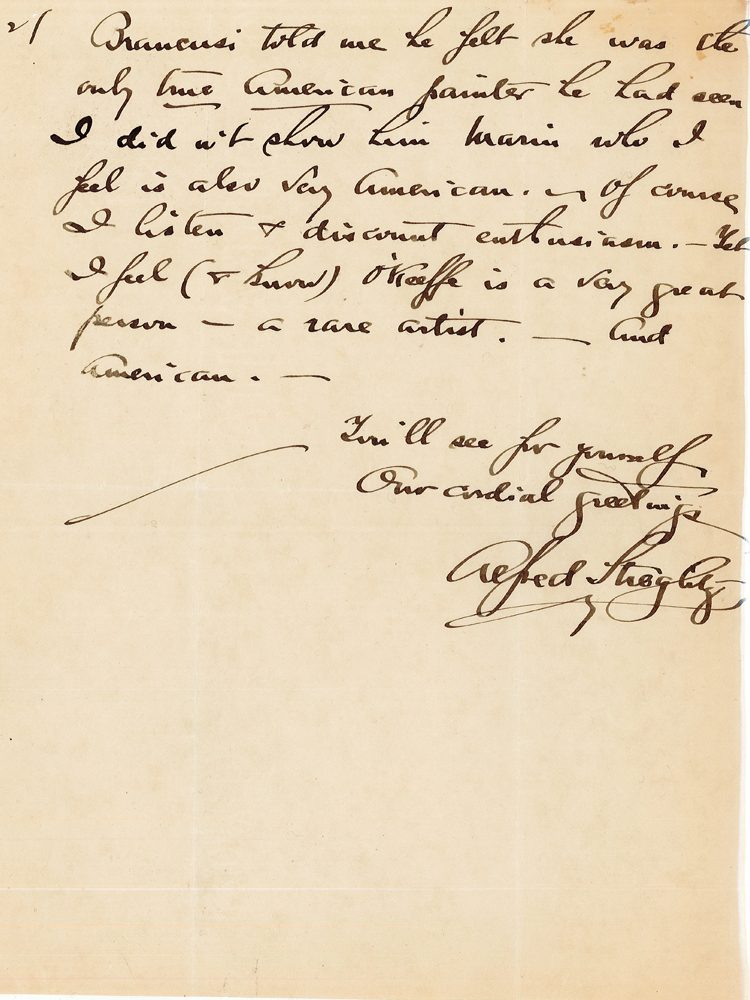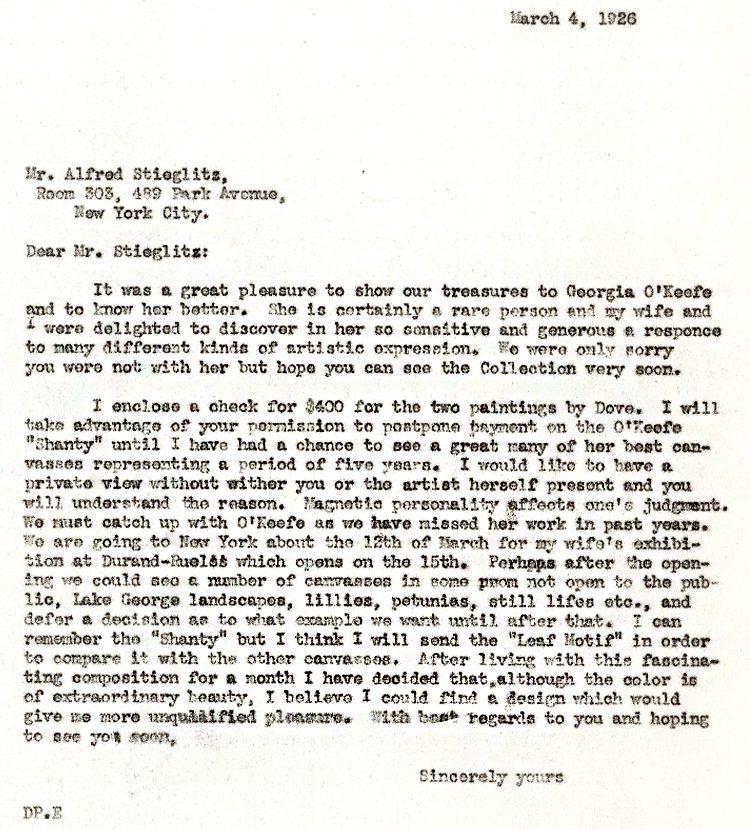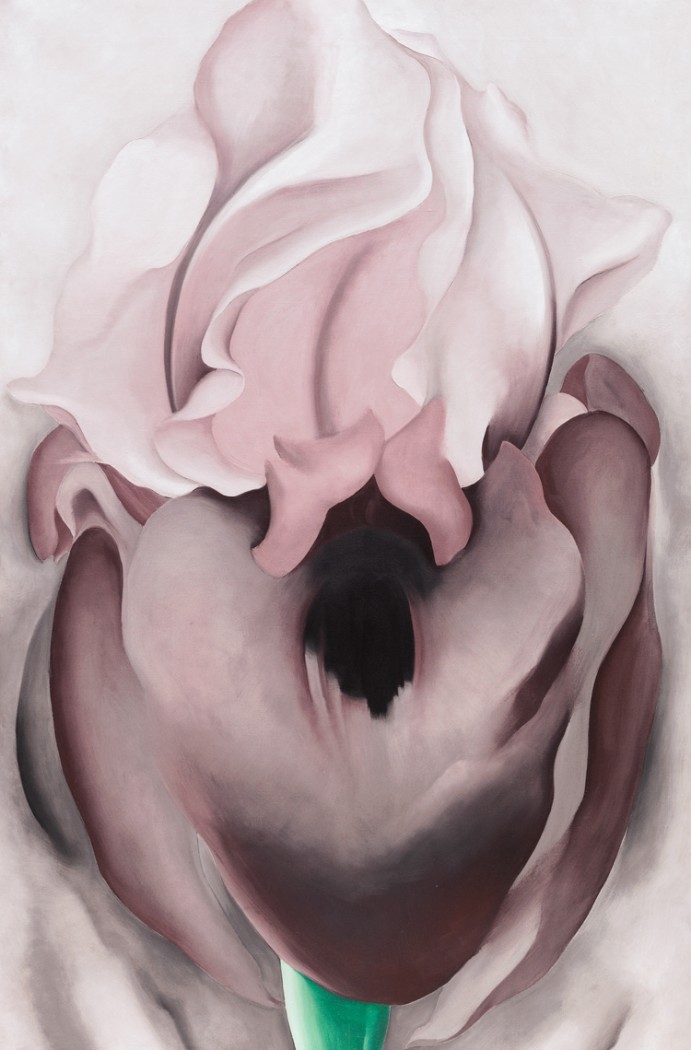In this series, Education Specialist for Public Programs Emily Bray highlights participants in the 2016 James McLaughlin Memorial Staff Show, on view through September 19, 2016.
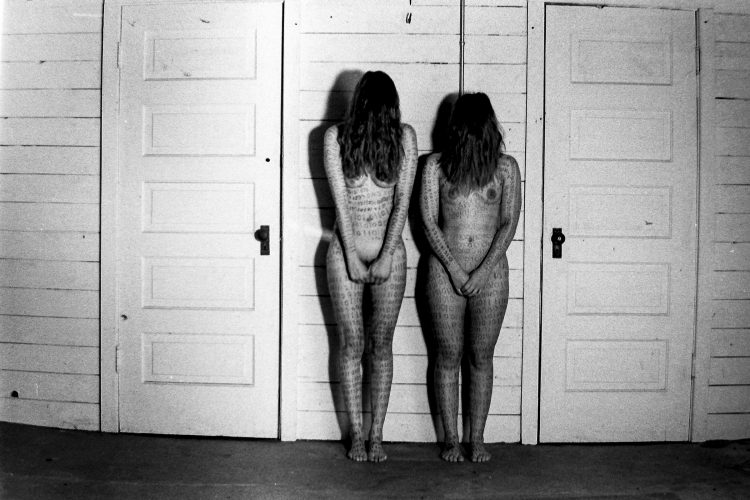
Anna E. Kaminski, “code”
Anna E. Kaminski
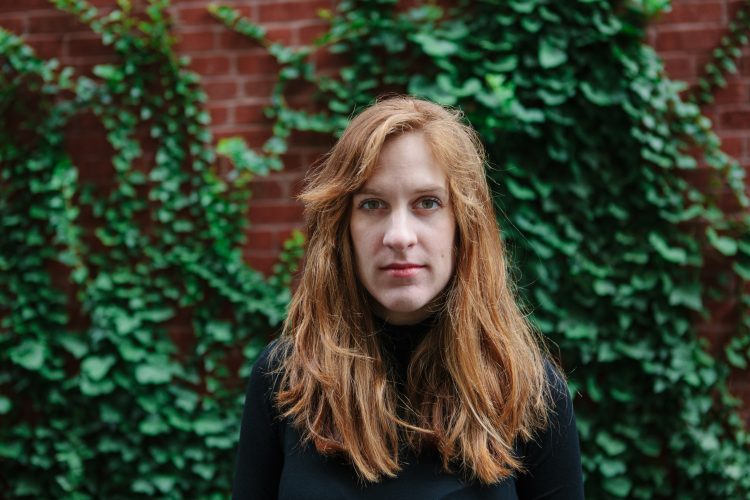
Anna E. Kaminski, Photo: Rhiannon Newman
Tell us about yourself and your work.
As an artist and activist, my work stages elaborate scenes to create political narratives. Having started in photojournalism in the midst of the Iraq War, politics, religion, and human rights are central themes in my work. I work in the realm of photography, sculpture, installation, and performance. Through curating environments that have often lived at the intersection of photography and installation, I work specifically to make audiences uncomfortable and provide a space for questioning and contemplation about our collective roles on the political stage and within the capitalist spectacle.
My work aims to question the realities we know and complacencies we accept. I have been involved in the activist community through organizations like CODEPINK, occupy, women against military madness, and worked in the realm of homelessness and housing at DC area shelters and policy organizations. These experiences deeply inform my work. I am currently working on a long-term project re-envisioning power politics, issues of anonymity, and complacency in Washington, D.C. and also creating new work about drone warfare. Currently, I am one of the twelve individuals in the inaugural class at the S&R Foundation Fillmore Studios program for emerging artists in Washington, DC.
What do you do at The Phillips Collection? Are there any unique/interesting parts about your job that most people might not know about?
I just recently started at The Phillips Collection as a part-time Sales Associate in the gift shop. After working with various non-profits, I am so happy to finally be working in the realm of the arts again. I am so grateful to be working in a place that values artistic contributions and with some really creative and knowledgeable people.
Who is your favorite artist in the collection?
For many reasons I would have to say Georgia O’Keeffe. Her strength, independence, and resilience as a woman artist is something I deeply admire as a feminist. I think her work helped pave the way for women like myself in the arts. Ironically, I also value the work of Alfred Stieglitz, someone who broke O’Keeffe’s heart and I think provided so much emotion that is seen clearly in her work. Also perhaps more than certain images, I value his contributions to photography and determination in shaping it into a recognized art form.
What is your favorite gallery or space within The Phillips Collection?
My favorite space in the museum is the Laib Wax Room by Wolfgang Laib. For me, it is evocative of so much and can and does provide a symbolic core of the museum. For bees, the production of wax is essential to sustaining their colonies. I find strong parallels between the human need to produce and consume culture to sustain ourselves and a bee’s need to produce and consume honey. The single light bulb, an invention that has become such a marked symbol of the beginning of the modern era, illuminating the vibrant yellow wax, also illuminates the museums’ role as a cultural producer.
What would you like people to know about your artwork on view in the 2016 Staff Show (or your work in general)?
The three photographs hanging in the 2016 Staff Show are part of a larger series of six photographs shot with a 35 mm camera as an experiment for a performance piece that has yet to be performed. The work draws inspiration from Post-humanism and meditates on technology’s complacency in the erasure of the human. Inspired by the binary code making up photographs from predator and killer drones as well as the binary code making up images of women in pornography, this series seeks to merge the themes of women under erasure as well as technology’s capacity to swiftly disappear us.
The 2016 James McLaughlin Memorial Staff Show is on view August 14 through September 19, 2016.


